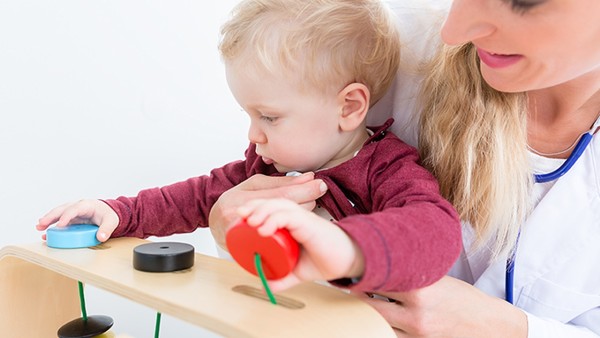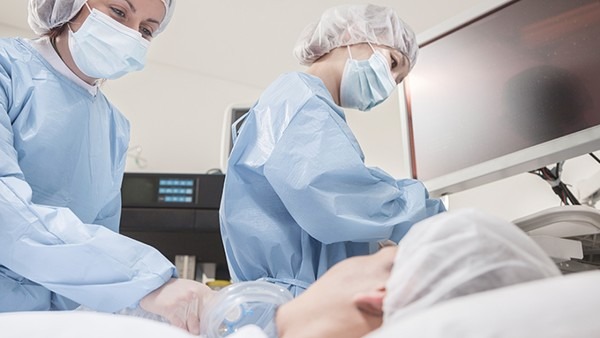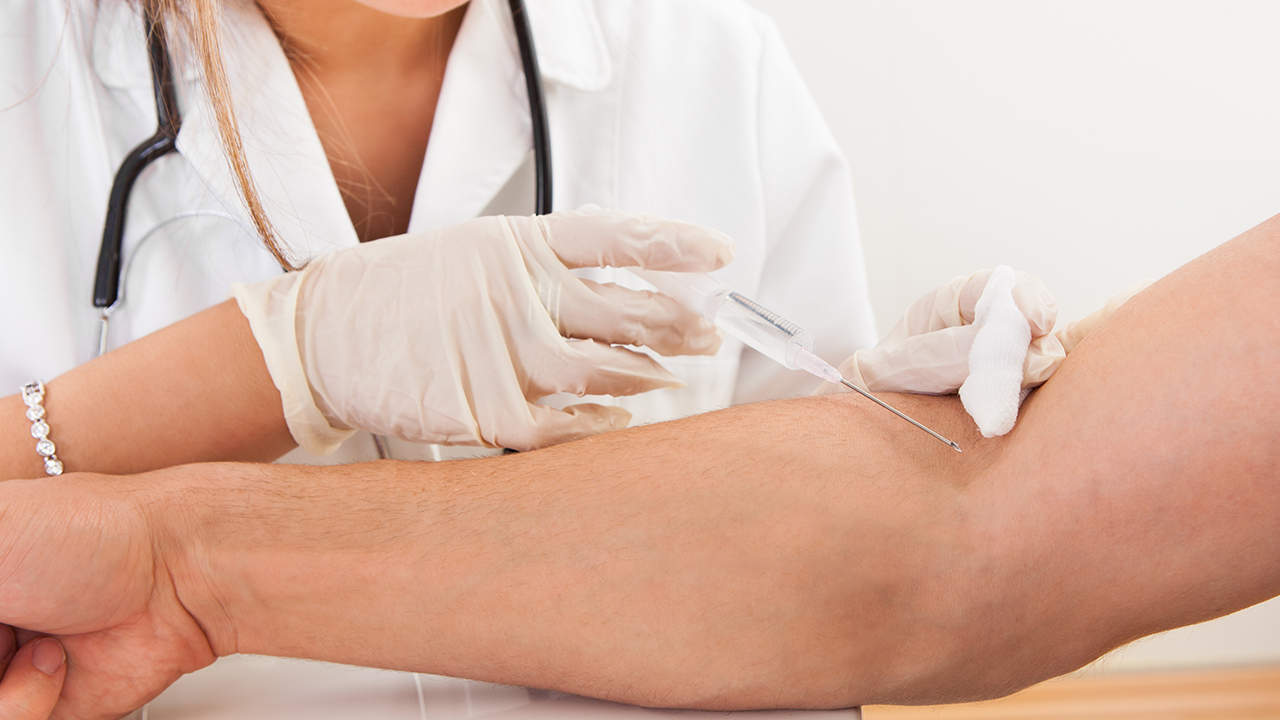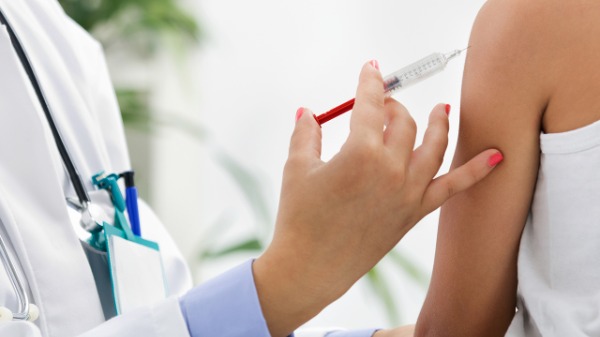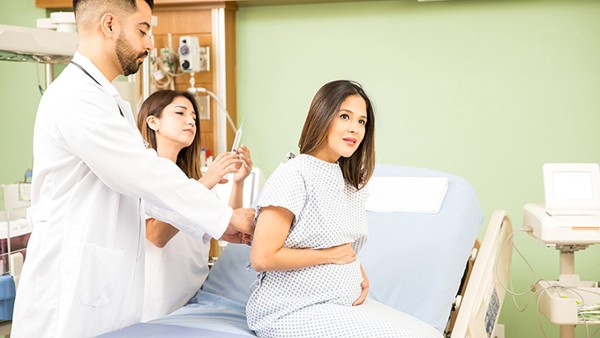What to do if bleeding occurs 30 days after delivery

After childbirth, it is normal to experience vaginal bleeding, known as postpartum bleeding or lochia. This bleeding typically lasts for 4 to 6 weeks as the uterus sheds its lining and returns to its pre-pregnancy size. However, if bleeding occurs more than 30 days after delivery, it is important to seek medical attention to rule out any underlying causes.
Causes of bleeding 30 days after delivery:
Retained placenta: This occurs when a piece of the placenta remains in the uterus after delivery.
Infection: Bacterial or viral infections in the uterus can cause excessive bleeding.
Endometritis: This is an infection of the lining of the uterus.
Hormonal imbalance: Changes in hormone levels after childbirth can affect the shedding of the uterine lining.
Trauma: In some cases, bleeding may occur due to trauma to the vagina or cervix during delivery.
Certain medications: Blood-thinning medications or medications used to prevent uterine contractions can cause increased bleeding.
Symptoms:
Heavy bleeding: Bleeding that is heavier than a normal menstrual period or requires frequent pad changes.
Clots: Passing of large blood clots.
Foul-smelling discharge: A strong, unpleasant odor from the vaginal discharge.
Fever: A temperature higher than 100.4 degrees Fahrenheit (38 degrees Celsius).
Pelvic pain: Pain in the lower abdomen or pelvis.
Weakness or dizziness: Feeling faint or lightheaded.
Diagnosis:
To diagnose the cause of bleeding 30 days after delivery, your doctor will perform a physical examination and ask about your symptoms and medical history. They may also order tests, such as:
Pelvic ultrasound: To check for retained placenta or other abnormalities.
Blood tests: To assess for infection or hormone imbalances.
Endometrial biopsy: To examine a sample of the uterine lining.
Treatment:
Treatment for bleeding 30 days after delivery will depend on the underlying cause.
Retained placenta: If a piece of the placenta is retained, it will need to be removed surgically. This can be done in a doctor's office or hospital.
Infection: Antibiotics will be prescribed to treat any infections.
Endometritis: In addition to antibiotics, medication may be given to reduce inflammation and stop bleeding.
Hormonal imbalance: Hormonal therapy may be recommended to regulate hormone levels and reduce bleeding.
Trauma: If bleeding is caused by trauma, your doctor may recommend rest and pain relievers.
Prevention:
While it is not always possible to prevent bleeding 30 days after delivery, there are some things you can do to reduce your risk:
Follow your doctor's instructions: Follow your doctor's instructions on how to care for yourself after delivery, including how to manage vaginal bleeding.
Get plenty of rest: Rest is important for allowing your body to heal after childbirth.
Eat a healthy diet: A healthy diet will help your body recover and reduce your risk of infection.
Avoid strenuous activity: Avoid strenuous activity that could put stress on your body or cause bleeding.
See your doctor regularly: Keep all of your postpartum appointments to ensure that you are healing properly and to address any concerns you may have.
When to seek medical attention:
It is important to seek medical attention if you experience any of the following symptoms after delivery:
Heavy bleeding: Bleeding that is heavier than a normal menstrual period or requires frequent pad changes.
Clots: Passing of large blood clots.
Foul-smelling discharge: A strong, unpleasant odor from the vaginal discharge.
Fever: A temperature higher than 100.4 degrees Fahrenheit (38 degrees Celsius).
Pelvic pain: Pain in the lower abdomen or pelvis.
Weakness or dizziness: Feeling faint or lightheaded.
Conclusion:
Bleeding 30 days after delivery can be a sign of an underlying problem and should be evaluated by a doctor. Treatment will depend on the cause of the bleeding and may include antibiotics, hormone therapy, or surgery. If you experience any symptoms of excessive bleeding or infection after delivery, it is important to seek medical attention promptly.
The above is all the content that the editor wants to share with you. I sincerely hope that these contents can bring some help to your life and health, and I also wish that your life will be happier and happier.
Tags: #if #bleeding #do
